Global protests raise alarm over climate crisis before UN summit
Tens of thousands of protesters joined rallies on Friday as a day of worldwide demonstrations calling for action against climate change began ahead of a UN summit in New York Reuters reports.
Some of the first rallies in what is being billed as a "global climate strike" were held in Australia's largest city, Sydney, and the national capital, Canberra.
Australian demonstrators called for their nation, which is the world's largest exporter of coal and liquid natural gas, to take more drastic action to reduce greenhouse gas emissions.
Organisers estimate more than 300,000 protesters took to Australian streets in what would be the largest demonstrations in the country since the Iraq War began in 2003.
Similar rallies were planned Friday in cities around the globe. In the United States more than 800 events were planned, while in Germany more than 400 rallies were expected.
'No Earth B'
In New Delhi, one of the world's most polluted cities, dozens of students and environmental activists chanted "we want climate action" and "I want to breathe clean" at a rally outside the Ministry of Housing and Urban Affairs".
They carried banners with some displaying messages like "there is no Earth B".
Hundreds of people marched in Thailand's capital and staged a "die-in" outside the Ministry of Natural Resources to demand the government declare a climate emergency, ban coal energy by 2025 and completely replace fossil fuel energy with renewable energy by 2040.
In Hong Kong, where near-daily protests all summer have demanded greater democracy, about 50 people found a different reason to demonstrate: climate change.
Carrying banners and posters, they chanted "stop the pollution" as they marched along the harbor front under a blazing sun.
'Fridays for Future'
The protests are partly inspired by the activism of Swedish teenager Greta Thunberg, who has staged weekly demonstrations under the heading "Fridays for Future" over the past year, calling on world leaders to step up their efforts against climate change.
The strike will culminate in New York when Thunberg, who has been nominated for a Nobel prize for her climate activism, will spearhead a rally at home of the UN headquarters.
Thunberg noted the "huge crowd" in Sydney in a tweet, which she said would set the standard as the strikes moved across Asia, Europe and Africa.
Many who have followed her lead are students, but the movement has since spread to civil society groups.
Similar coordinated protests in March drew crowds around the world.
Protests were staged in 110 towns and cities across Australia on Friday, with organisers demanding government and business commit to a target of net zero carbon emissions by 2030.
Australian universities said they would not penalise students for attending Friday's rallies, while Australian schools varied on what action, if any, they would take against children who skipped classes to attend demonstrations.
Siobhan Sutton, a 15-year-old student at Perth Modern School, said she would fail a math exam by attending a protest in the west coast city of Perth.
"I have basically been told that because it is not a valid reason to be missing school – it is not a medical reason or anything – I am going to get a zero on the test if I don't actually sit it," she said.
"Even though we ourselves aren't sick, the planet which we live on is and we are protesting and fighting for it," she added.
Siobhan said her math teacher had given her the option to sit the exam before Friday, but she was unable to do so because of her commitments as one of the protest organisers.
Acting Prime Minister Michael McCormack said students should be in school.
"These sorts of rallies should be held on a weekend where it doesn't actually disrupt business, it doesn't disrupt schools, it doesn't disrupt universities, " McCormack told reporters in Melbourne.
"I think it is just a disruption," he added.
School Strike 4 Climate said 265,000 protesters turned out at demonstrations in seven Australian cities alone. The largest crowd was an estimated 100,000 in Melbourne, followed by 80,000 in Sydney.
Most police services declined to release their own crowd estimates. Organisers put the crowd in Brisbane at 30,000, while police estimated 12,000. Organisers said 15,000 rallied in Canberra, but police put the figure at 7,000.
Australian police have a reputation for underestimating by half crowd numbers at protests.
The demonstrations come as Australia's center-left opposition mulls abandoning its policy, rejected at May elections, of reducing Australia's greenhouse gas emissions by 45 percent below 2005 levels by 2030. Prime Minister Scott Morrison's conservative coalition won a surprise third term, with a commitment to reduce emissions by a more modest 26 percent to 28 percent in the same time frame.
Morrison is in the US for a state dinner with US President Donald Trump on Friday and has been criticised for failing to include in his New York itinerary the UN climate summit on Monday, when leaders will present their long-term plans for curbing greenhouse gas emissions.
Some companies are encouraging their employees to join the climate strike.
The Australian Council of Trade Unions, which represents labour unions, said it supported employees taking time off work to protest.
The council said in a statement that it "must take a stand for our future when our government will not".
The demonstrations in 2003 that protested Australia sending combat troops to the US-led invasion of Iraq were the largest since the Vietnam War.
Bütün xəbərlər Facebook səhifəmizdə



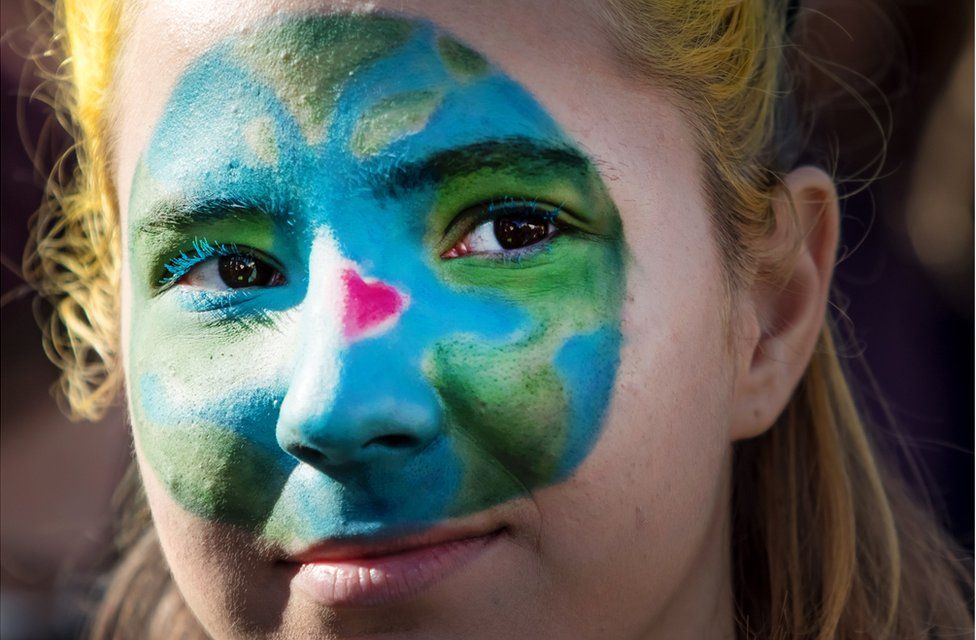
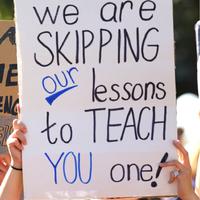
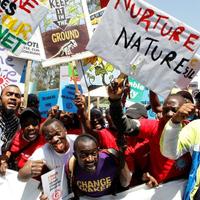
.jpg)
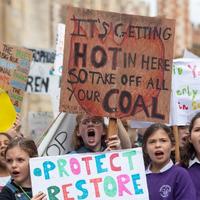
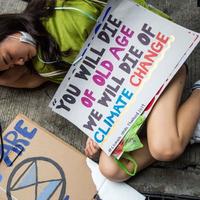
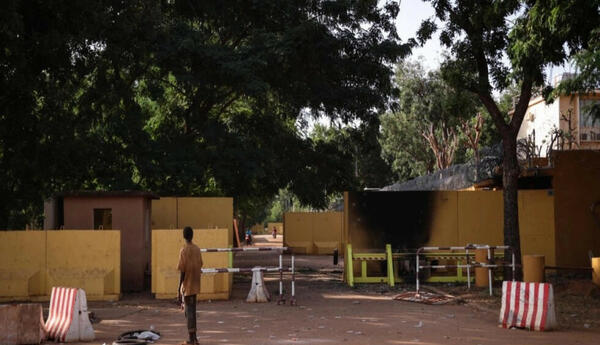
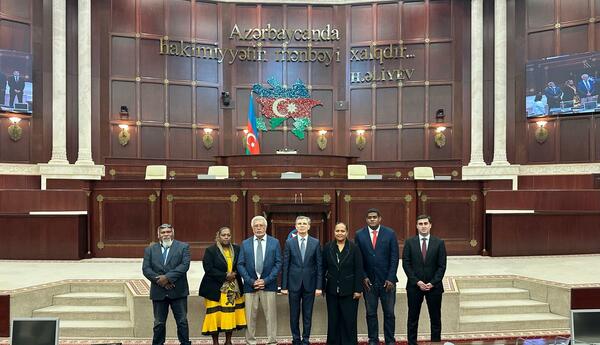
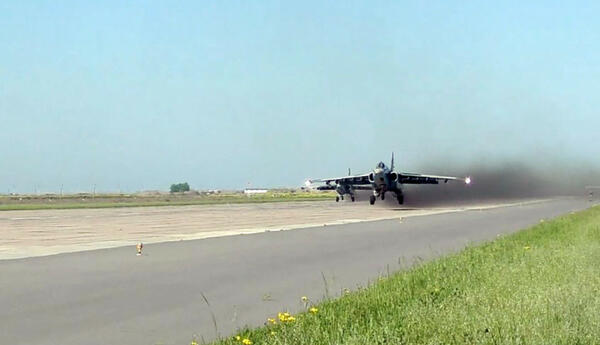
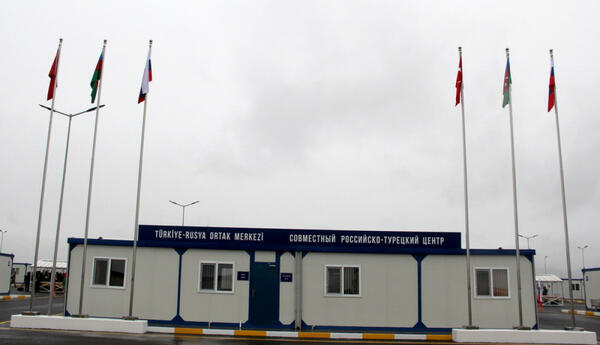
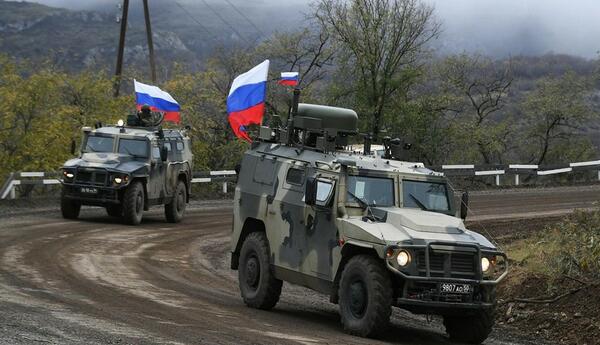
-_sebine_eliyeva654.jpg)

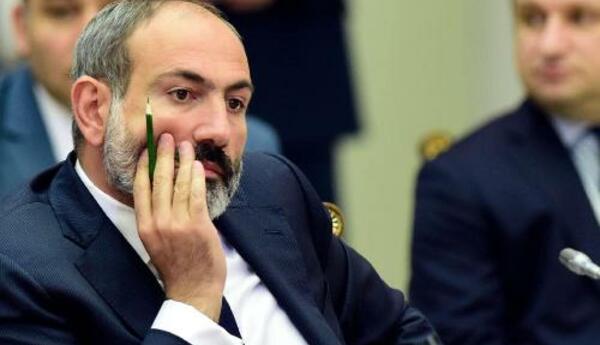

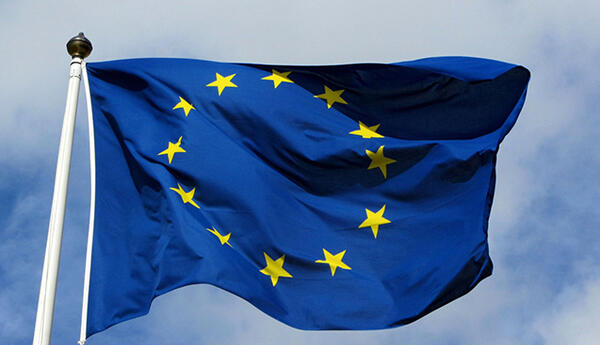
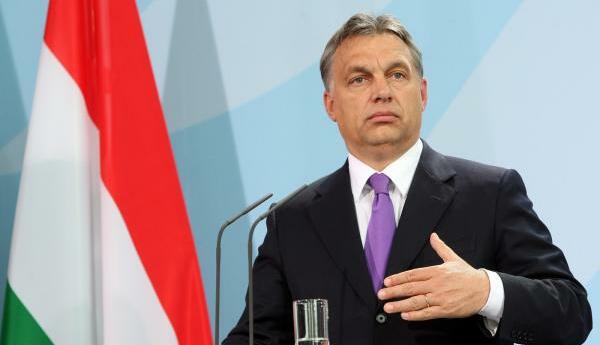
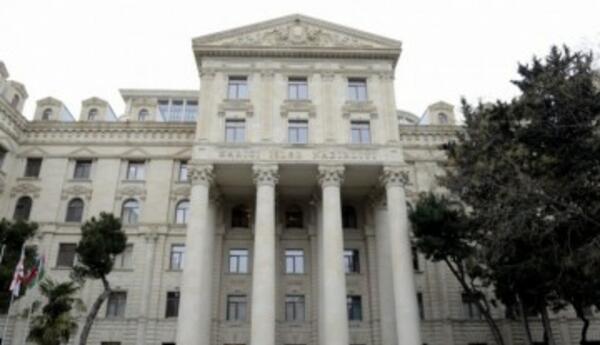





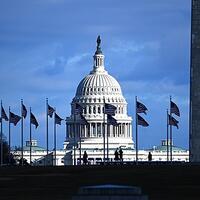





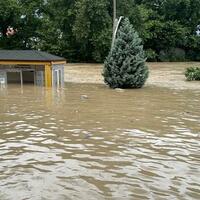
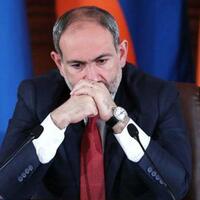
 USD
USD
 EUR
EUR
 GBP
GBP RUB
RUB